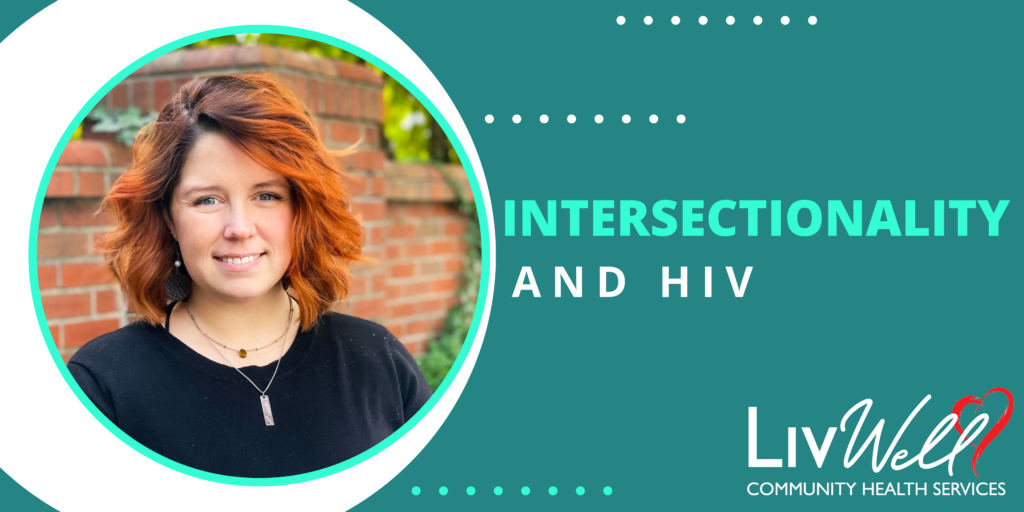
What is Intersectionality?
All of society is created of systems, including our own identities. When we look at life as an overlapping of systems, this is where we find intersectionality; Intersectionality describes the areas systems overlap. When looking at intersectionality between people and systems, area of overlap can include gender, race, ethnicity, sexual orientation, disability, class and other forms of discrimination. It is also important to note that intersectionality is not based on addition of needs, but specification of needs. For example, an HIV-positive woman who injects drugs has specific needs which are different from that of an HIV-positive individual, a woman or a person who injects drugs.

What does this have to do with HIV?
History has shown us that certain systems influence people at different levels. The medical care system tends to have more of an effect on those who identify as a minority in our population. When looking at history, African Americans, the Latino community, women and the LGBTQ+ community are a few populations that have been negatively affected in their relationship with the medical system. It should come as no surprise that these are also populations at higher risk of contracting HIV.
Intersectionality is a complicated web based on the identity of an individual, and that web becomes even more difficult when stigma, history and cultural norms are attached. For example, an African American male may refuse general preventative health care, this is not always due to a lack of concern about their health, but might be directly tied to the long-standing history of the African American population being mistreated by the medical profession. While the relationships between African Americans and the medical profession are improving, historical markers, such as the Tuskegee Syphilis Study from 1932-1947, continue to sow seeds of doubt into the minds of the African American community. Another example, from a broader population consider gay and bisexual men or those who participate in male to male sexual contact; throughout the AIDS Crisis, the media continually broadcast AIDS as a disease that only affected the gay community. Due to the continued reinforcement of this stigma, even now, over 40 years later, HIV and AIDS is still referred to as a “gay disease” and continues to keep individuals from seeking out medical treatment and HIV prevention.
When we overlap these two populations, an African American gay or bisexual male, we see the intersection of history and stigma of the two populations. Not only is there neglect of the medical system, but this is also laced with the stigma of gay and bi men from the general population, which increases and creates barriers to care for this specific slice of the population. This is why understanding intersectionality is important. Not only does it assist in creating unity within populations, showing the similarities, but it also creates empathy. Intersectionality also allows for creativity when overcoming barriers and reaching out to those most effected by the HIV/AIDS Crisis. As we walk through the evolution of treatment and prevention of HIV and AIDS, we can better understand those we serve. Attempting to see another perspective, gathering personal stories, and learning the history of those most affected is the only way to truly stand together to reduce HIV, not just in Kentucky, but across the nation and globally.
-Alexa Griffin, MSW

